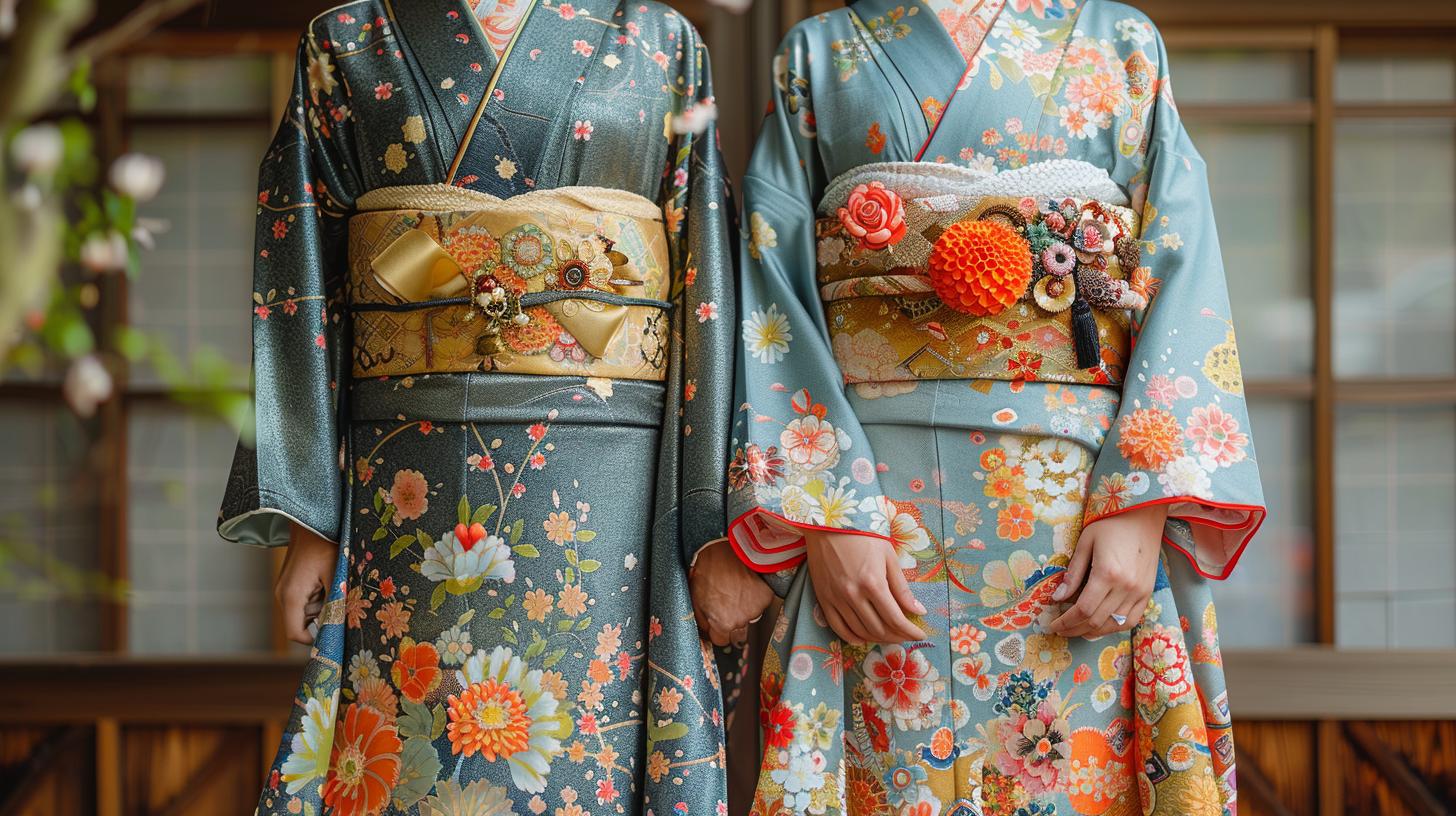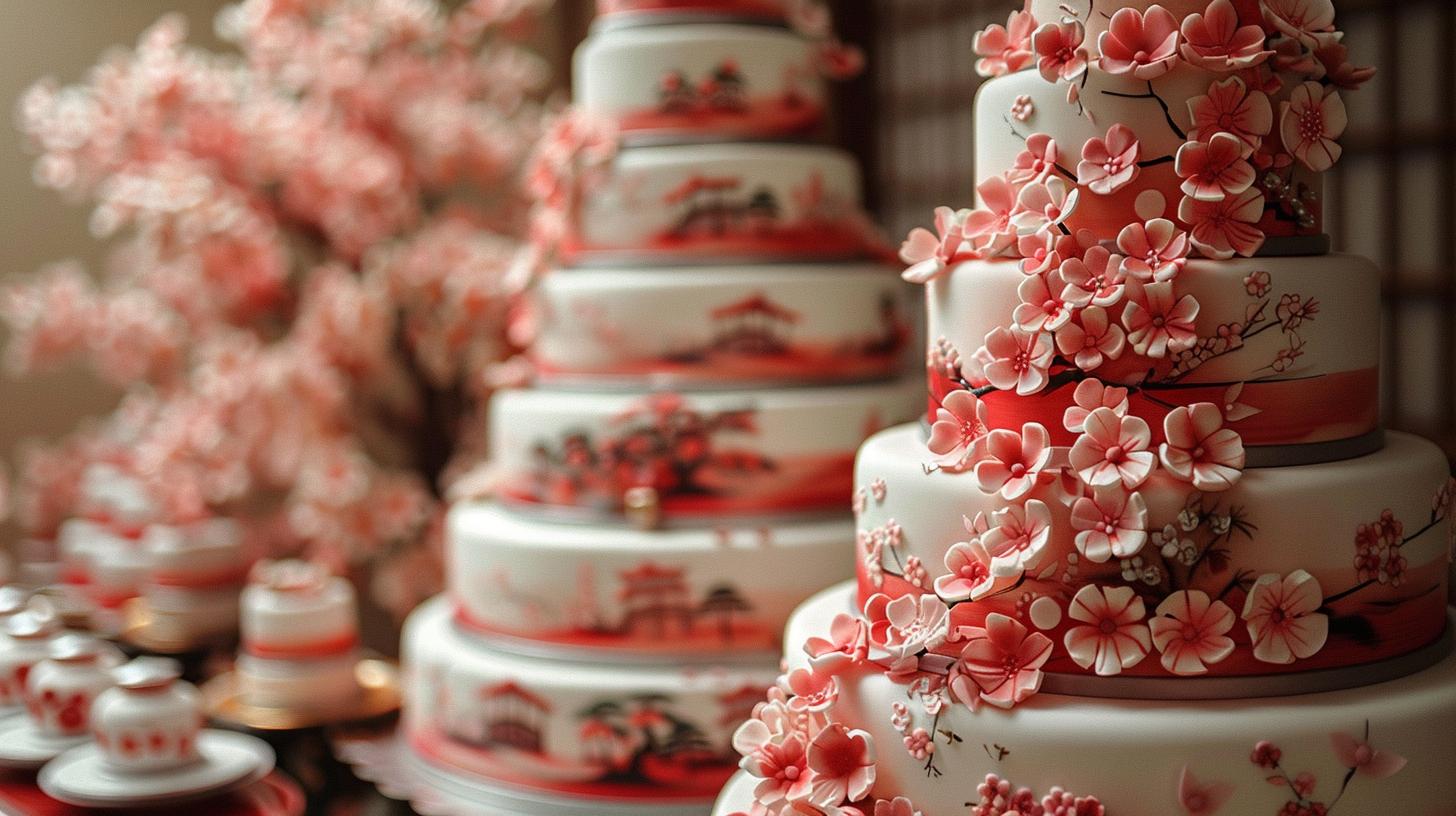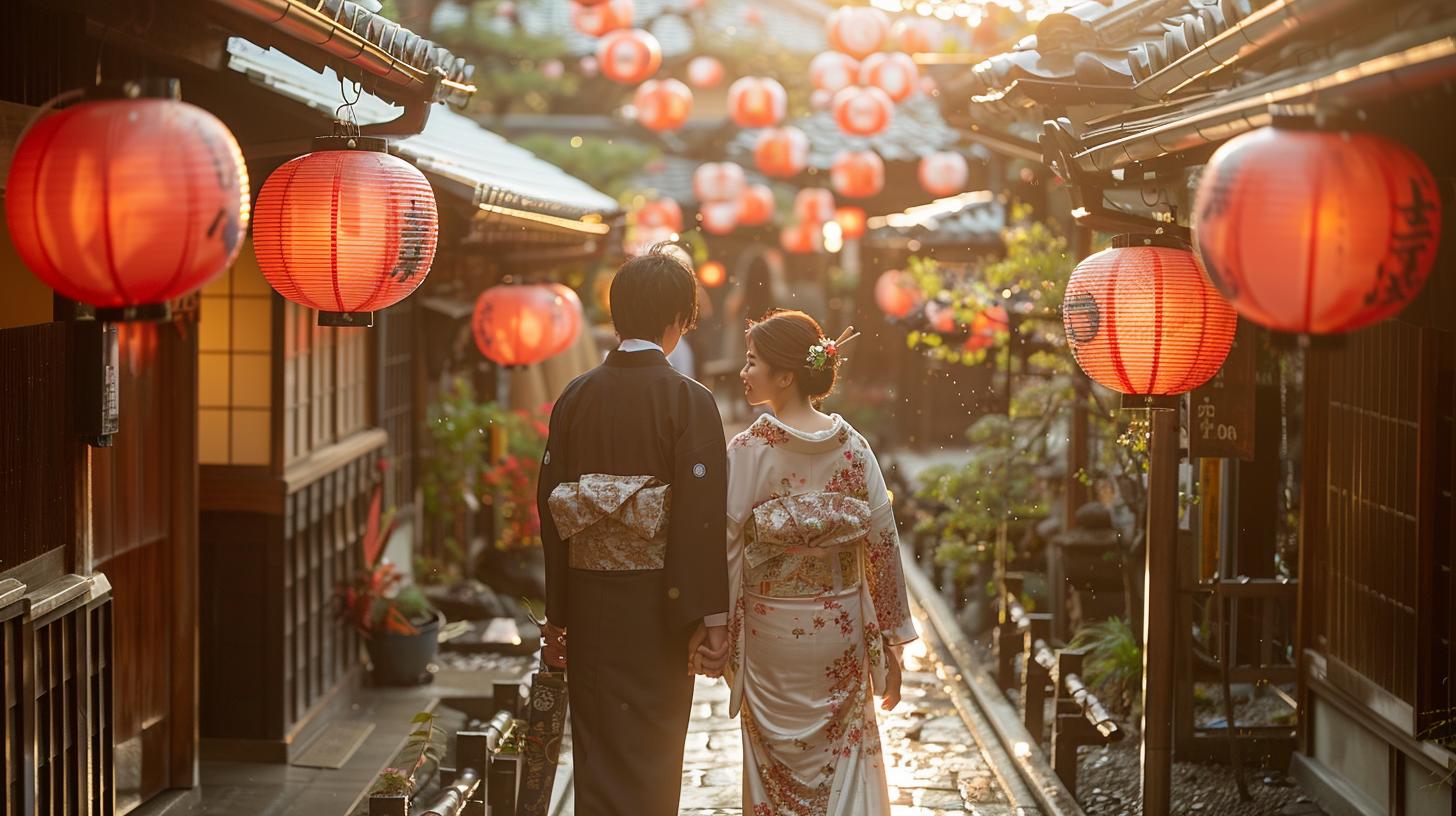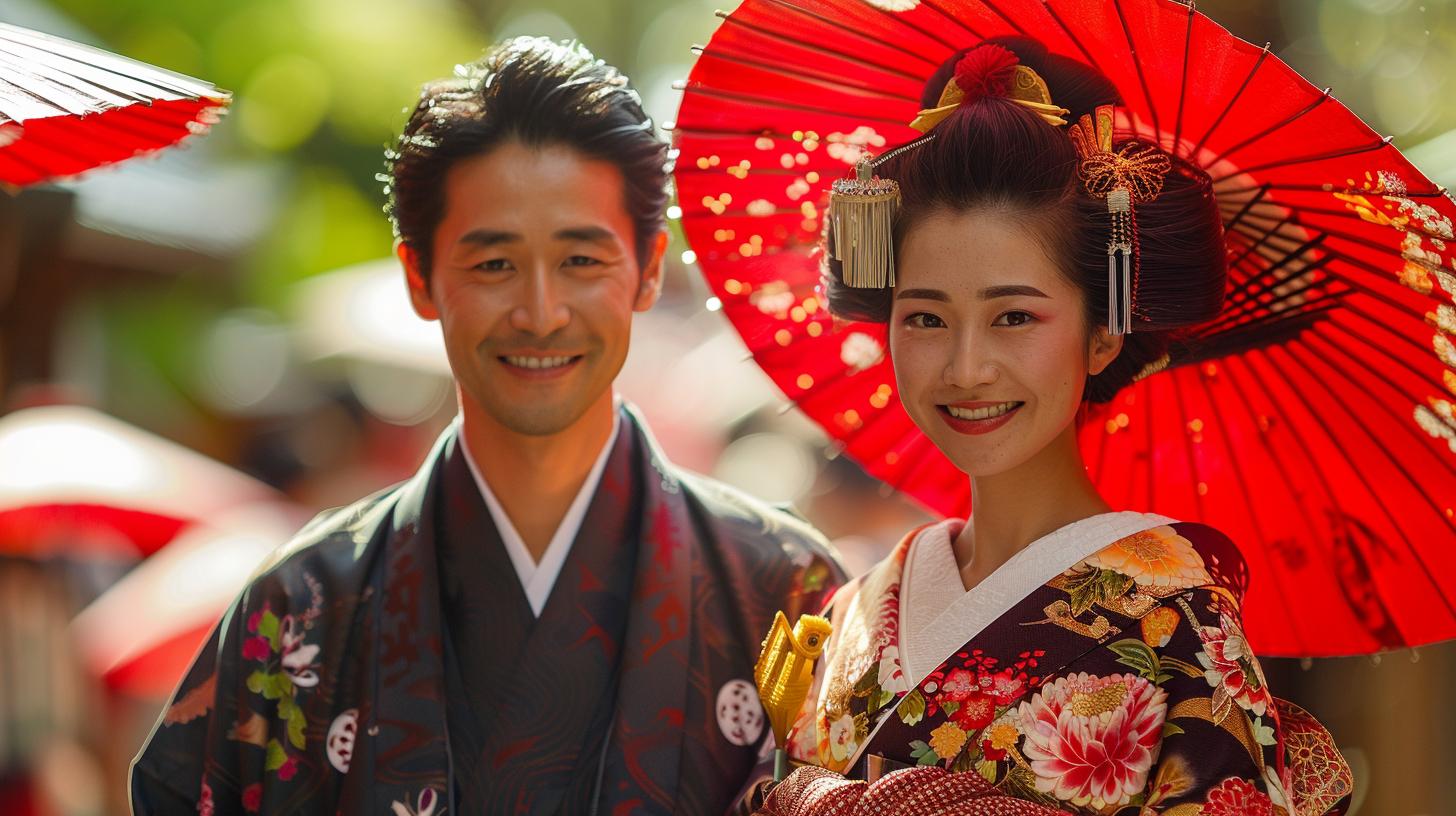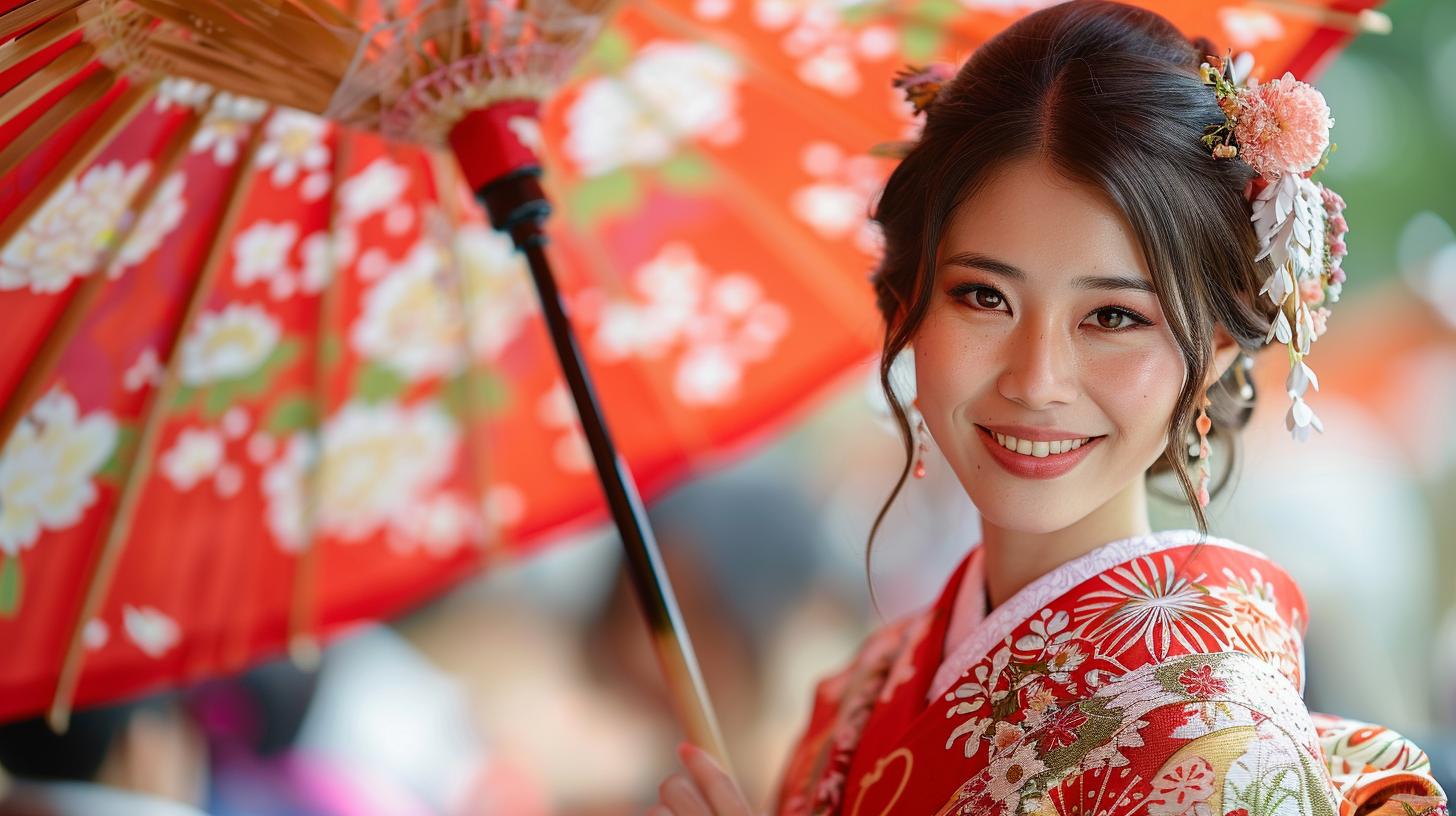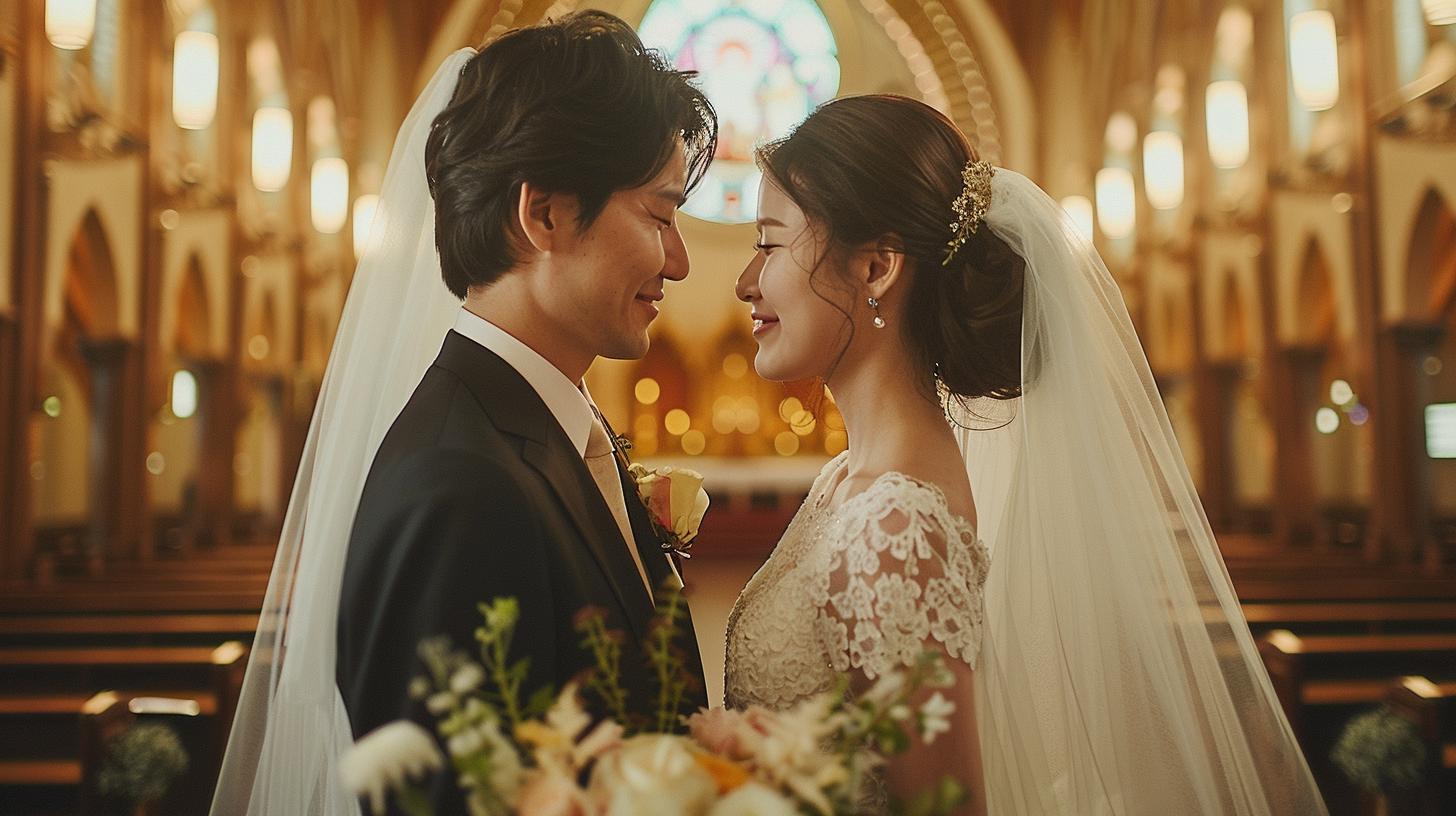Japanese Wedding Ceremony Traditions: A Deep Dive into Traditional Japanese Weddings
Japanese Wedding Ceremony Traditions are a rich and meaningful part of Japanese culture that unites couples and families. From the choice of attire to the rituals like San San Ku Do sake sharing ceremony, each detail holds deep cultural significance.
Shinto ceremonies, blending of Western and Japanese styles, and gift-giving customs all play integral roles in these traditional celebrations.
Overview of Japanese Wedding Traditions
Japanese wedding traditions are deeply rooted in cultural significance and ceremonial rituals that bring families together to celebrate the union of couples. These traditions encompass a blend of Shinto and Western elements, reflecting the diversity and richness of Japanese cultural heritage.
- Distinctive Customs: Japanese weddings are characterized by their unique customs and rituals, each carrying symbolic meaning and significance. From the choice of attire to the exchange of sake in the San San Ku Do ceremony, every aspect of a Japanese wedding is steeped in tradition.
- Family Bonding: The emphasis on pre-wedding family dinners highlights the importance of familial relationships in Japanese weddings.
These gatherings provide an opportunity for the families of the bride and groom to come together and form connections before the big day.
- Cultural Fusion: With a growing trend towards blending Western and Japanese wedding styles, modern couples are incorporating a mix of traditional and contemporary elements into their ceremonies.
This fusion of cultural influences adds a unique and personal touch to each wedding celebration.
Traditional Japanese Wedding Attire
When it comes to traditional Japanese weddings, the attire plays a significant role in honoring cultural customs and heritage. Let’s explore the key elements of traditional Japanese wedding attire:
Kimonos and Wedding Dresses
One of the most iconic aspects of a traditional Japanese wedding is the attire worn by the bride and groom.
The bride typically wears a stunning white kimono known as a “shiromuku,” symbolizing purity and the beginning of a new chapter in her life. This kimono is often embellished with intricate designs and patterns, exuding elegance and grace.
On the other hand, the groom may opt for a traditional black kimono known as a “montsuki,” paired with hakama trousers and a haori jacket. These garments symbolize formality and sophistication, reflecting the groom’s role in the marriage.
Changing Attire Throughout the Ceremony
Throughout the course of the wedding ceremony, the bride and groom may change attire multiple times to reflect different aspects of the celebration. From the formal kimono worn during the ceremony to more colorful and vibrant ensembles for various rituals, each outfit change carries its own symbolic meaning.
These attire changes not only showcase the couple’s style and individuality but also pay homage to the rich cultural heritage of Japan.
Shinto Wedding Ceremonies
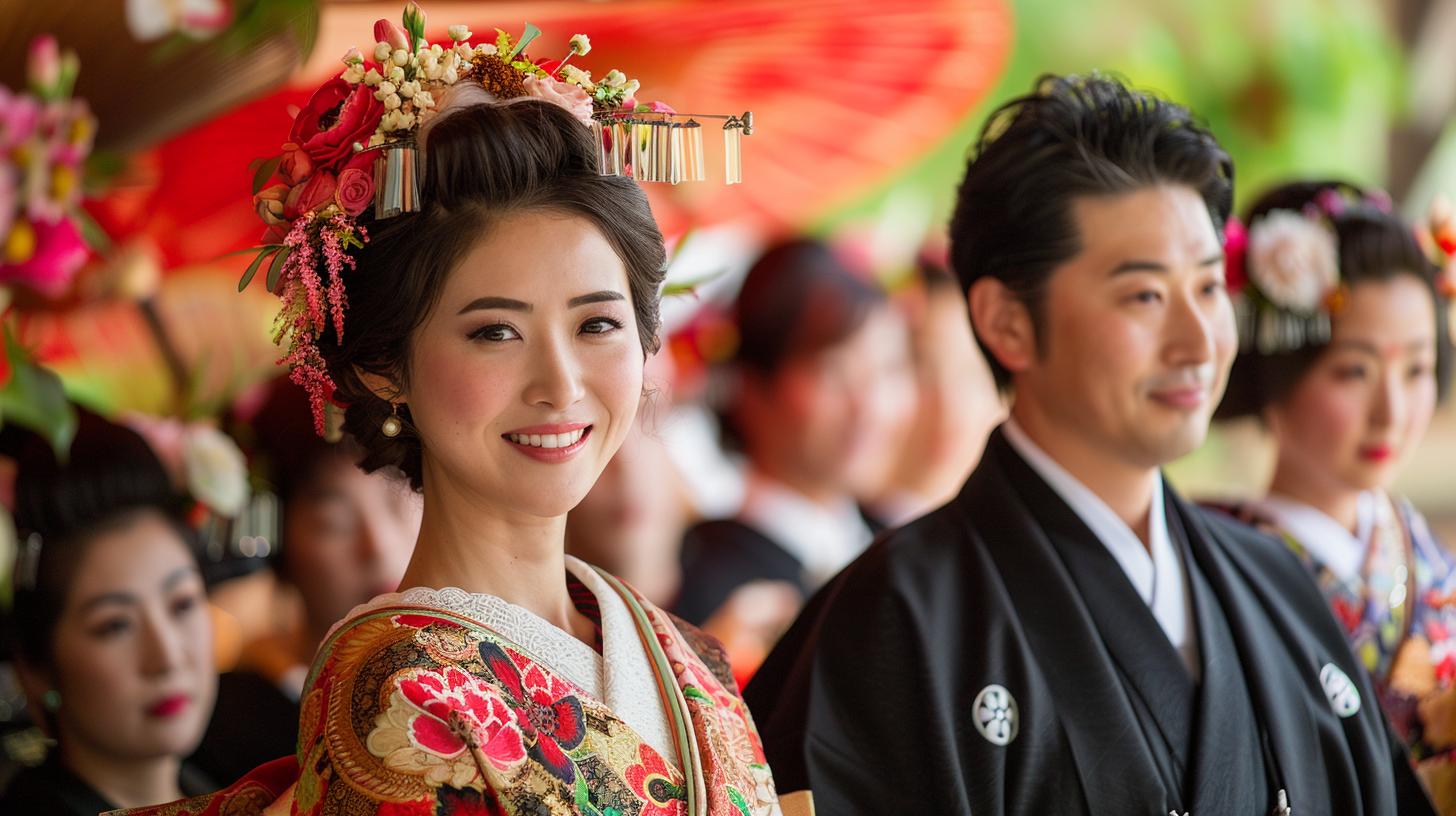
Significance of Shinto Rituals
Shinto Wedding Ceremonies hold deep cultural and spiritual significance in Japan. These rituals are steeped in tradition and symbolize the union of two individuals as well as the coming together of their families.
Izanagi and Izanami Mythology
According to Shinto mythology, Izanagi and Izanami are pivotal figures in the creation of Japan. Their story is intertwined with the origins of the land, and their union set the stage for the birth of numerous deities that shaped the country’s landscape and culture.
Shinzenshiki: Marriage Before the Gods
Shinzenshiki, also known as ‘marriage before the gods’, is a central element of Shinto weddings. This ritual involves the presence and blessings of the Shinto deities, symbolizing the sacred nature of the marital union and seeking their divine approval.
San San Ku Do: The Sake Sharing Ceremony
The San San Ku Do ritual is a significant part of traditional Japanese weddings, symbolizing the union of the bride and groom through the sharing of sake. This ancient tradition holds deep cultural and spiritual meanings, reflecting the couple’s commitment to each other and their families.
Symbolism and Tradition
The San San Ku Do ceremony involves the bride and groom taking turns to drink sake from three different-sized cups, known as sakazuki. Each sip represents a different aspect of married life: happiness, prosperity, and longevity.
By sharing sake in this ritual, the couple expresses their mutual respect, love, and dedication to their future together.
Involvement of Parents in the Ritual
During the San San Ku Do ceremony, the parents of the bride and groom also participate by taking sips of sake from the cups. This symbolic act signifies the joining of two families and the establishment of new relationships.
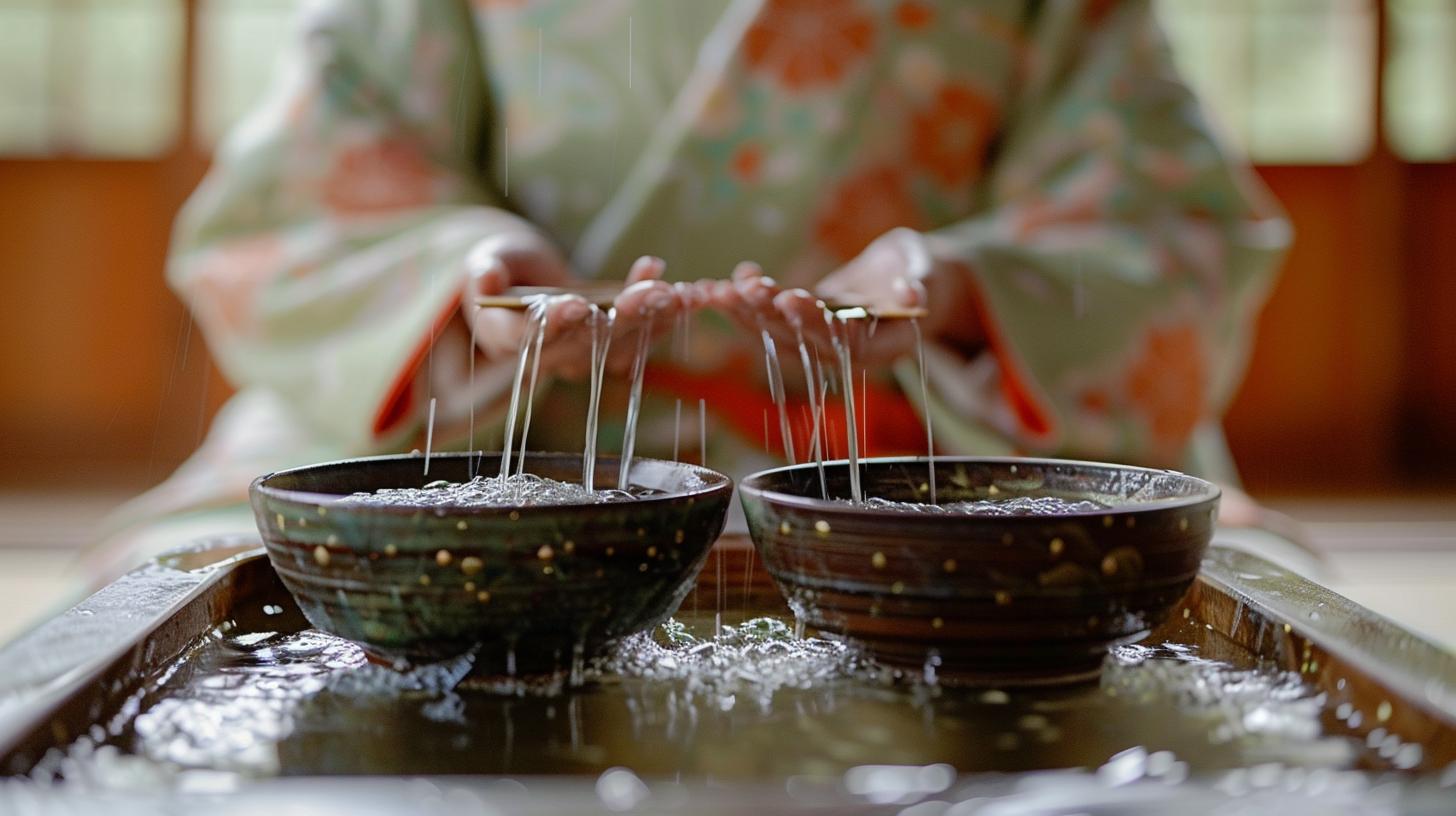
It highlights the importance of family harmony and unity in Japanese culture, reaffirming the bond between the couple and their loved ones.
Gift-Giving Customs at Japanese Weddings
Goshugi: Monetary Gifts
At Japanese weddings, it is customary for guests to present monetary gifts known as goshugi. This tradition symbolizes well wishes for the newlyweds’ future together. The amount of money given varies based on the guest’s relationship to the couple and their financial capabilities.
Shugibukuro: Special Envelopes
Gifts of money are usually presented in special envelopes called shugibukuro. These envelopes are decorated elegantly, often with gold or silver designs, and are considered an essential part of the gift-giving process at Japanese weddings.
The presentation of the envelope is done with respect and good intentions towards the couple.
Blending Western and Japanese Wedding Styles
Trends in Wedding Ceremonies
Modern Japanese weddings often feature a blend of Western and Japanese traditions, reflecting the unique cultural identity of the couple. This fusion creates a harmonious celebration that incorporates elements from both worlds, providing a rich tapestry of rituals and customs.
Combination of Cultural Elements
- In Western-style weddings, couples may exchange vows in a chapel or outdoor setting, followed by a reception with elements of traditional Japanese cuisine and decor.
- Conversely, in Japanese-style weddings, the couple may incorporate Western attire and customs, such as a white wedding dress for the bride and a formal suit for the groom.
- Music and entertainment choices often reflect a blend of Western and Japanese influences, showcasing the diversity and creativity of contemporary wedding celebrations.
Planning a Japanese Wedding
When preparing for a Japanese wedding, several key aspects need careful consideration to ensure a harmonious and auspicious celebration.
Consultation of the Lunisolar Calendar
- Engaging with the Lunisolar Calendar ensures couples select dates aligned with favorable celestial arrangements.
- Consulting this traditional calendar helps in determining propitious moments for the wedding ceremony.
Choosing Auspicious Dates
- Selecting an auspicious date is pivotal in Japanese wedding planning, as it is believed to influence the future harmony of the couple.
- Auspicious dates often hold significant meaning in alignment with cultural beliefs and practices.
Pre-Wedding Family Dinners
- Hosting pre-wedding dinners provides an opportunity for families to meet formally and establish connections.
- These gatherings allow parents to bond and support the union of their children, fostering familial harmony.
.

